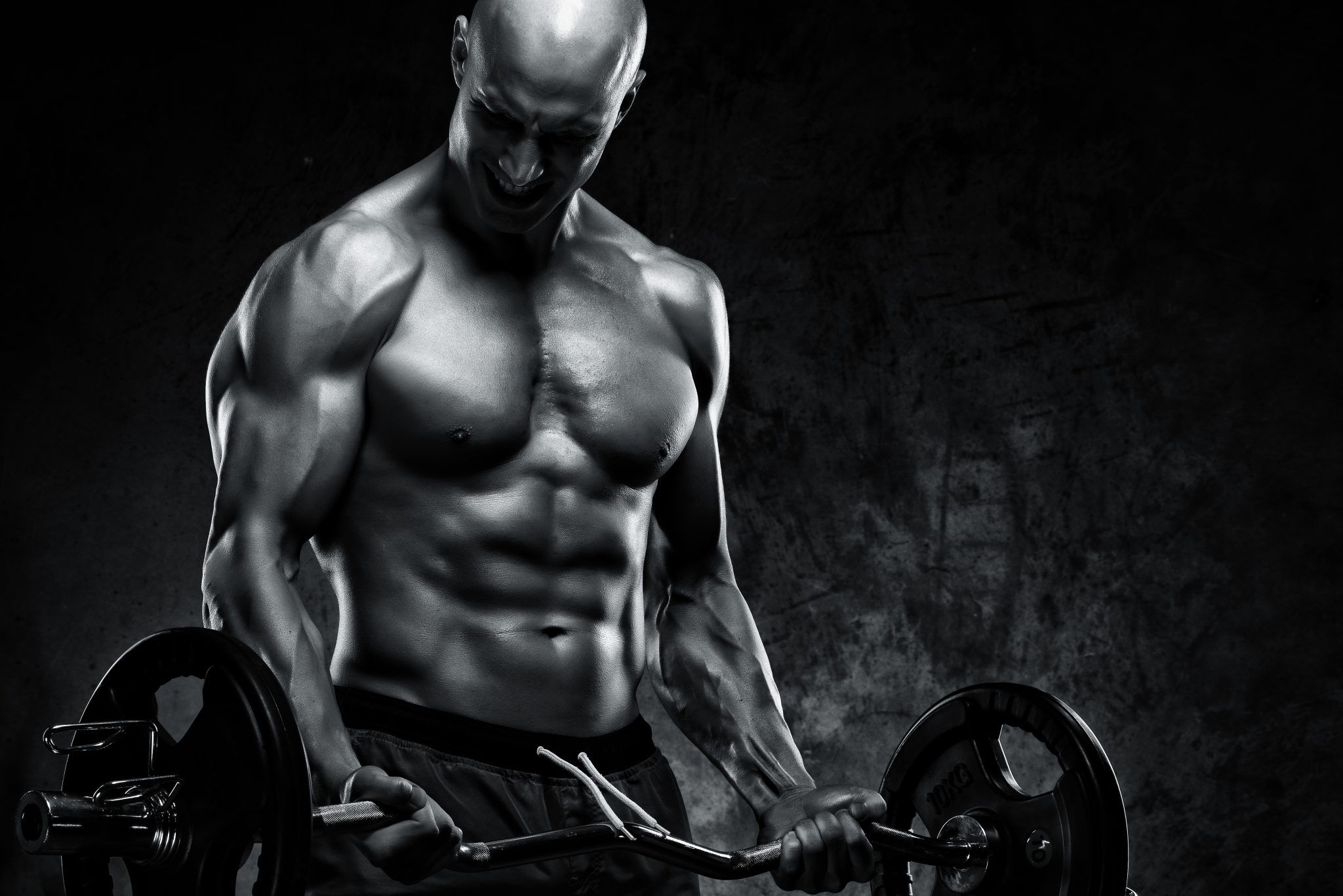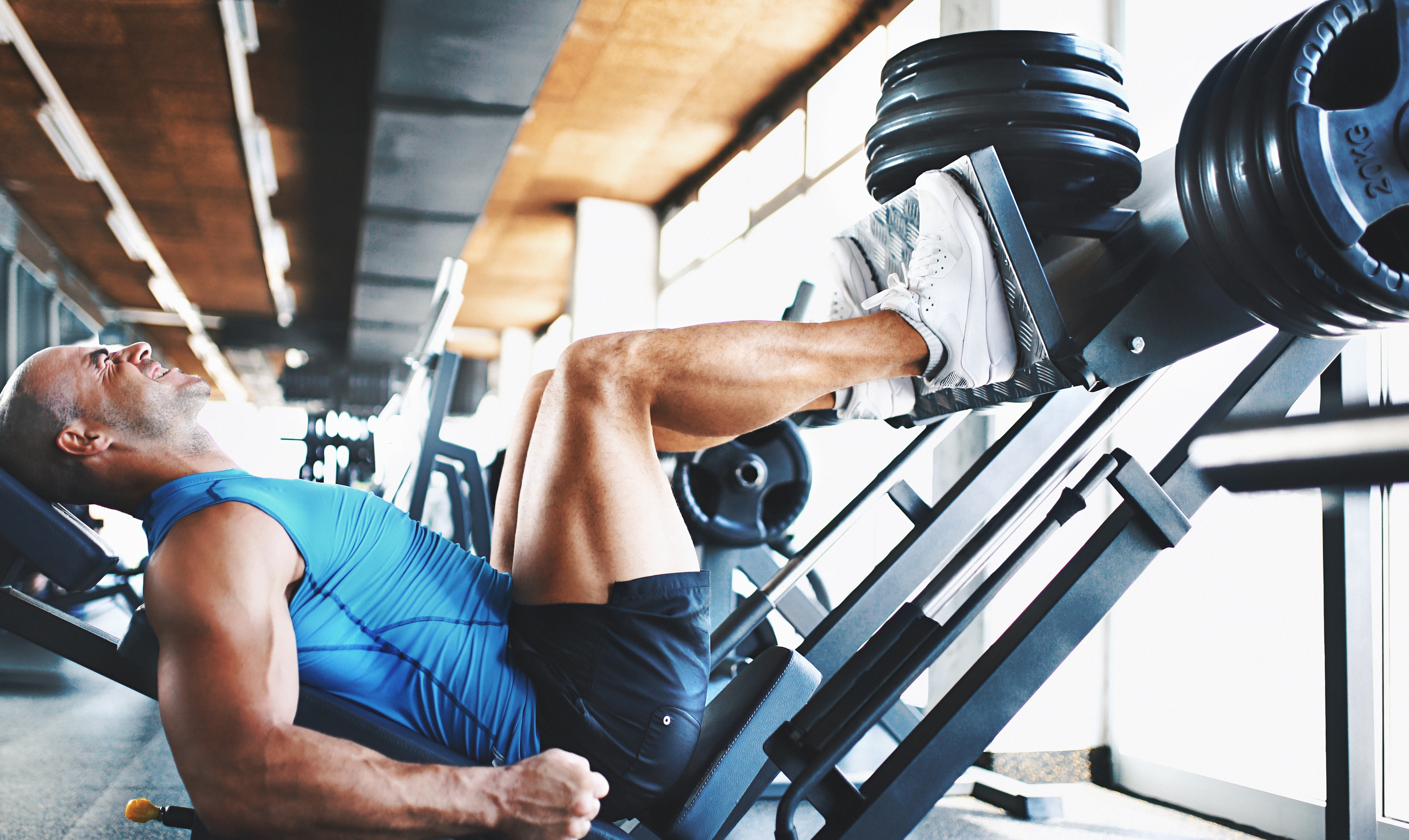It’s a question that continues to confuse the majority of gym goers
Does DOMS – the soreness you sometimes experience after training – indicate you’ve had a successful session?
Since the dawn of time, people have assumed that a post-workout pump means you must have had a great workout. But the evidence isn’t so clear.
What is DOMS?
DOMS (Delayed Onset Muscle Soreness) is the pain or discomfort you often feel 24 to 72 hours after a workout. It generally wears off within two to three days.
Scientists once thought DOMS was caused by a buildup of lactic acid, but more recent research suggests it has more to do with the stress your muscles are put through in the gym.
This newer theory says DOMS “is caused by tiny tears in the muscle fibres caused by eccentric contraction, or unaccustomed training levels”.
- Eccentric contraction: the stage of an exercise where the muscle lengthens (such as the outstretched portion of the bicep curl demonstrated below)
- Unaccustomed training level: lifting weights your body previously wasn’t used to
If you’ve had DOMS, then you’ll know about it. The typical effects are muscle stiffness, swelling, short-term loss of strength and pain.
Training when your muscles are still sore may cause further swelling. It may also extend the length of time DOMS sticks around for.
When suffering from soreness, it’s recommended you leave at least 24 hours before training that same muscle again.
Does soreness (DOMS) mean you’ve had a good workout?
DOMS sometimes indicates muscle damage. Muscle damage and inflammation are largely responsible for muscle growth, but it’s a big leap to assume soreness therefore equals muscle growth.
According to a study conducted by Yokohama City University, DOMS won’t always happen, is not an accurate indicator of muscle damage and doesn’t reflect how much muscle damage has occurred.
As the definition states, DOMS is more likely to set in when you’re training at an ‘unaccustomed’ level that your body isn’t used to. Over time, it fades as your muscles become bigger, stronger and more capable of handling the demands of pumping heavy iron.
This was proven in 2011, when a study compared two groups undergoing an eight-week leg press training programme.
One of the groups was given a light, leg-training plan three weeks prior to beginning the full trial. Their level of DOMS was much lower than the group starting from scratch, even though overall muscle growth was pretty much the same.
No pain, no gain?
This is not to say that DOMS is bad, or indicative of an injury. There’s a difference between a muscular burn or pump, and actual pain felt in joints and ligaments.
A post-workout pump is expected when you’ve just blasted your biceps. And it will do you no harm. However, you should stop and seek advice if you start to experience pain in the joints rather than the muscle and it feels more like an injury.
What’s the best way of dealing with DOMS?
The best ways of reducing post-workout soreness include:
- Warm-water immersion (hot bath or sauna preferable)
- Massage
- Light exercise (walking and swimming)
- Supplementing with milk-based protein
Thinking of popping a painkiller? Avoid at all costs – at least after training. Research shows that taking painkillers post-workout can inhibit muscle growth. Keep paracetamol and ibuprofen for when you’ve got a pounding hangover instead.











































